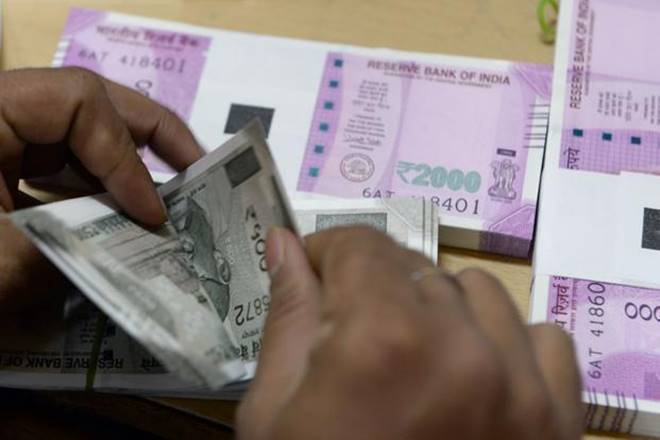Non-banking financial companies (NBFCs), which have been steadily growing their share in the credit market, are expected to consolidate their position further over the next couple of years, despite the massive recapitalisation programme for public sector banks, suggests an analysis by ratings and research agency Crisil, which sees their share increasing to 19- 20% by 2020.
The share of NBFCs, including housing finance companies (HFCs), in total credit across India increased to 16% in 2017 from 13% in 2013, data from Crisil showed. During the same period, the share of private sector banks rose to 23% from 18%, while that of state-run banks dropped to 51% from 59%.
“We expect their (NBFCs’) share to continue growing, driven by their key strengths – responsiveness to customer demand, adaptability, local knowledge and innovation,” Krishnan Sitaraman, senior director, Crisil Ratings, said.
The key sectors where the NBFC are likely to see strong growth are housing loans, vehicle finance, real estate and structured credit and MSME loans, CRISIL’s Sitaraman said.
One of the key challenges for the NBFCs is their higher cost of funds vis-a-vis the banks. However,NBFCs have diversified their source of funding and minimised the impact on their profitability.
“Over the last 3-4 years, the contribution of capital market borrowing in the NBFCs’ overall borrowing profile has been going up. They have been raising a larger share of funds through bonds, NCDs, CPs, and securatisation. It is bringing in capital market investors, and their dependence on bank borrowings is steadily coming down. That has helped them to reduce their cost of borrowings,” Sitaraman said.
Sitaraman said that has been one of the main reasons why the NBFCs have been able to maintain their profitability despite lending rates being under pressure due to the competitive landscape.
They have been able to raise equity capital as well from external investors including PE funds. For some of the larger NBFCs, the share of bank borrowings in their overall borrowings, which was over 40% has now come down around 30%, he added.


